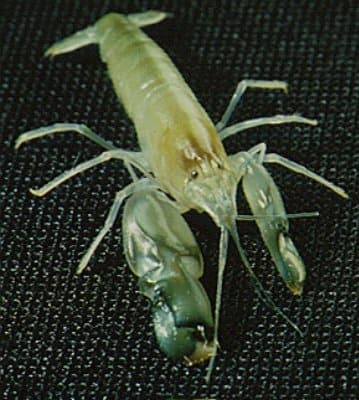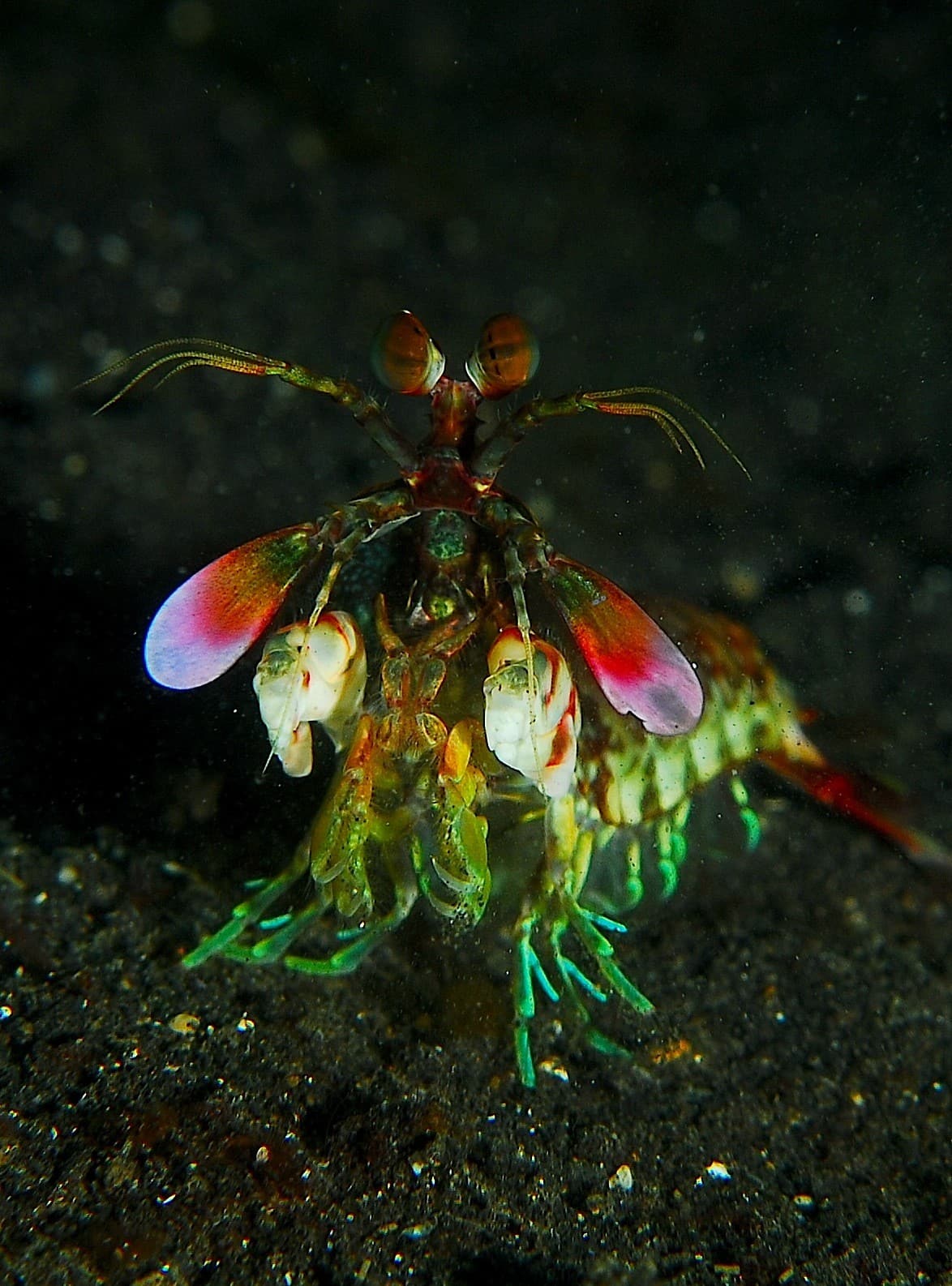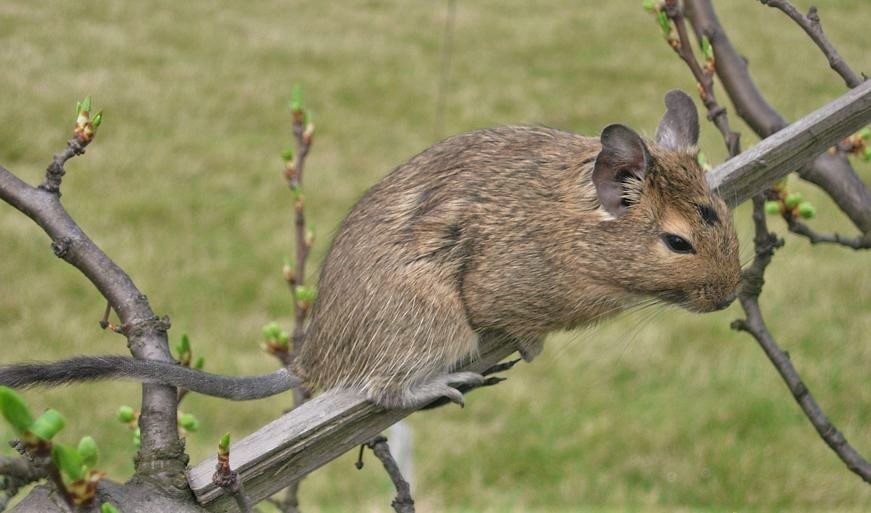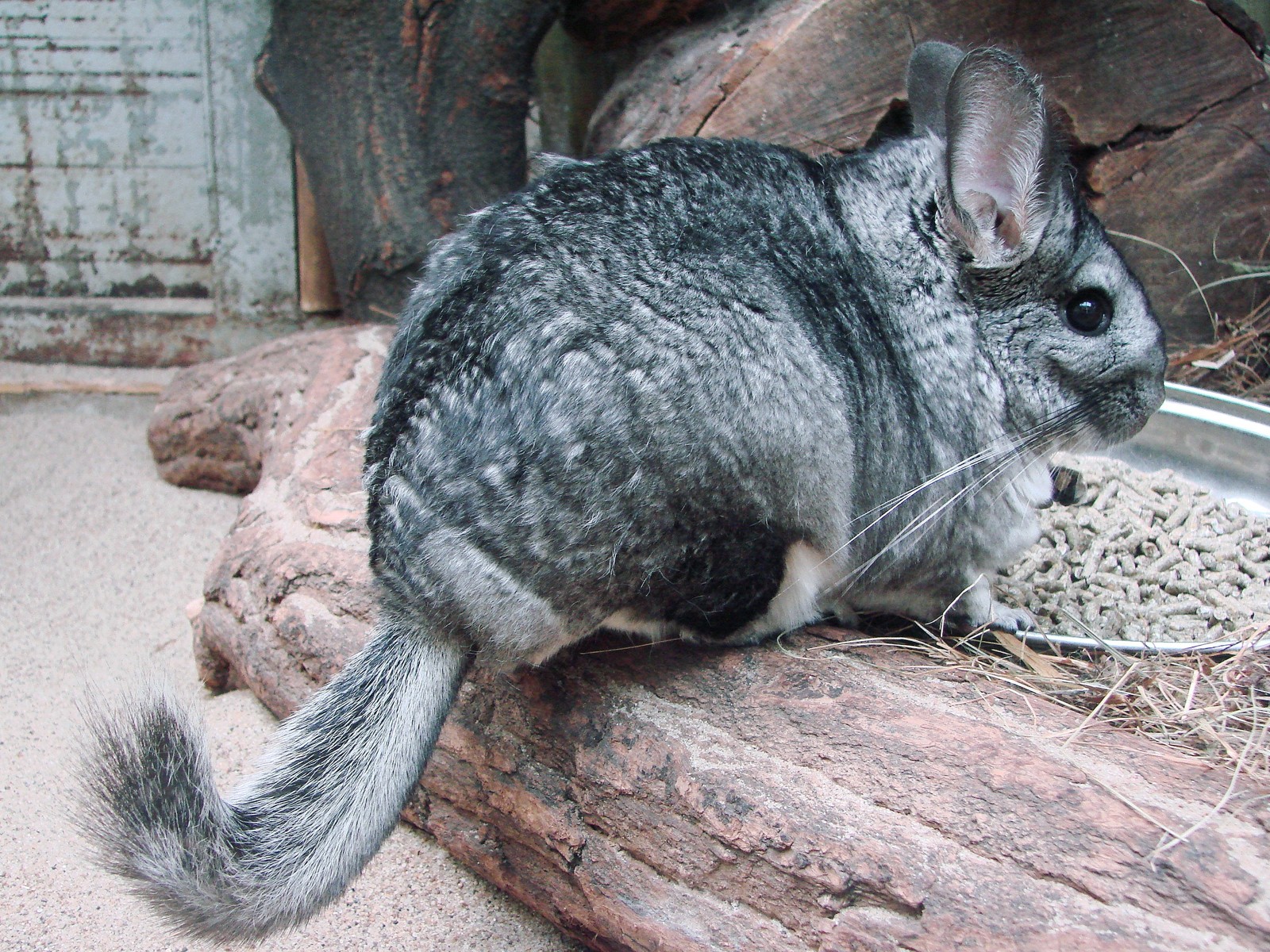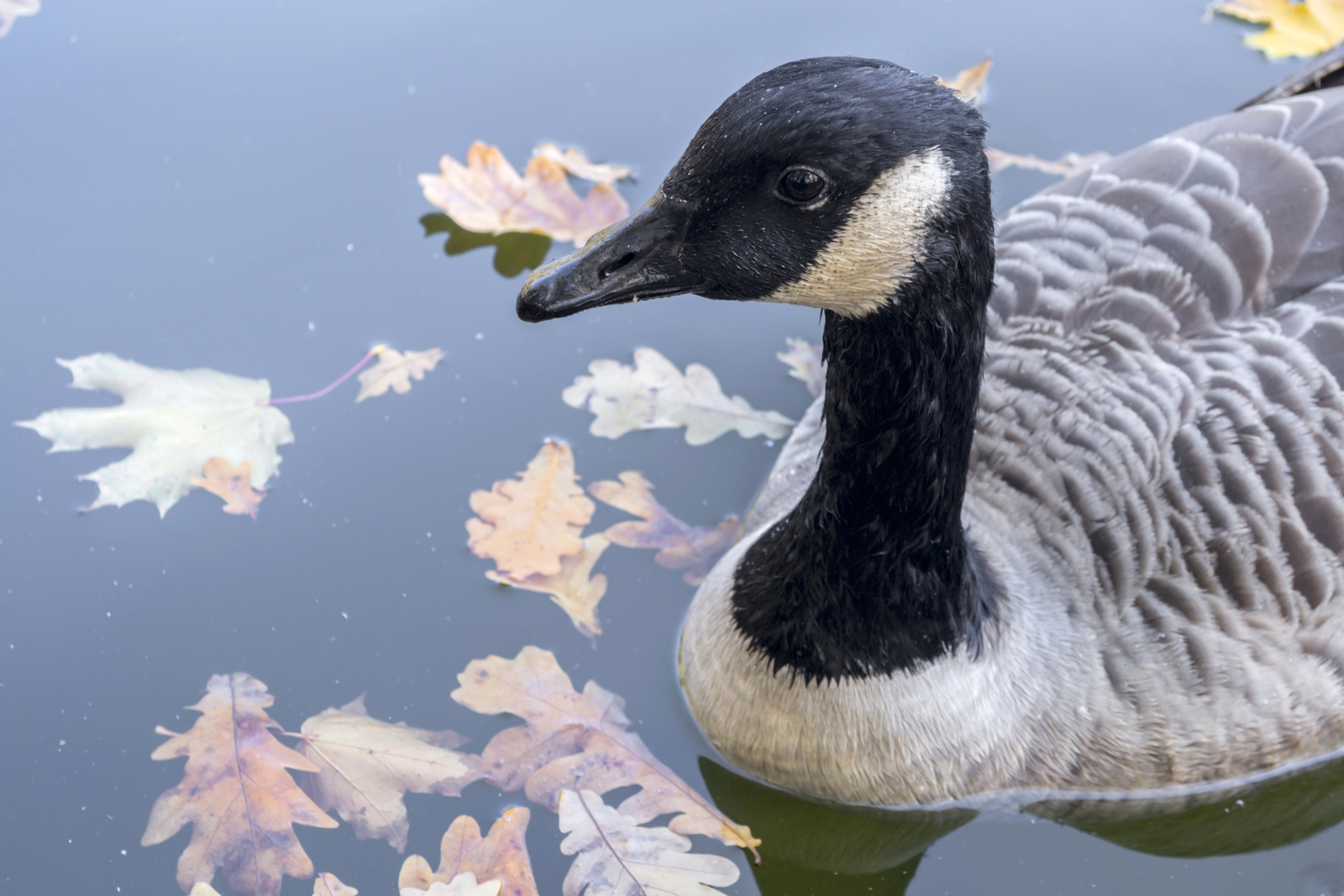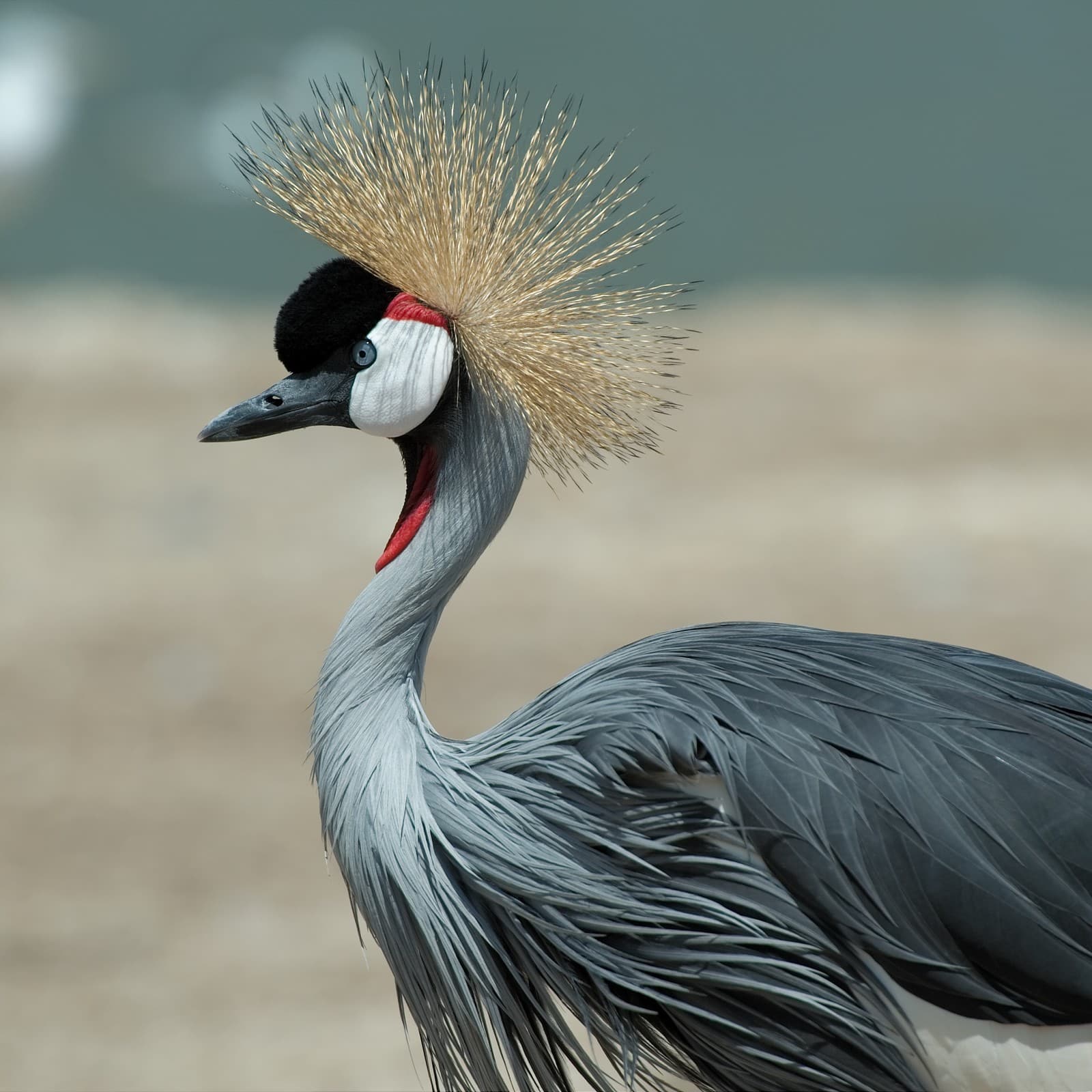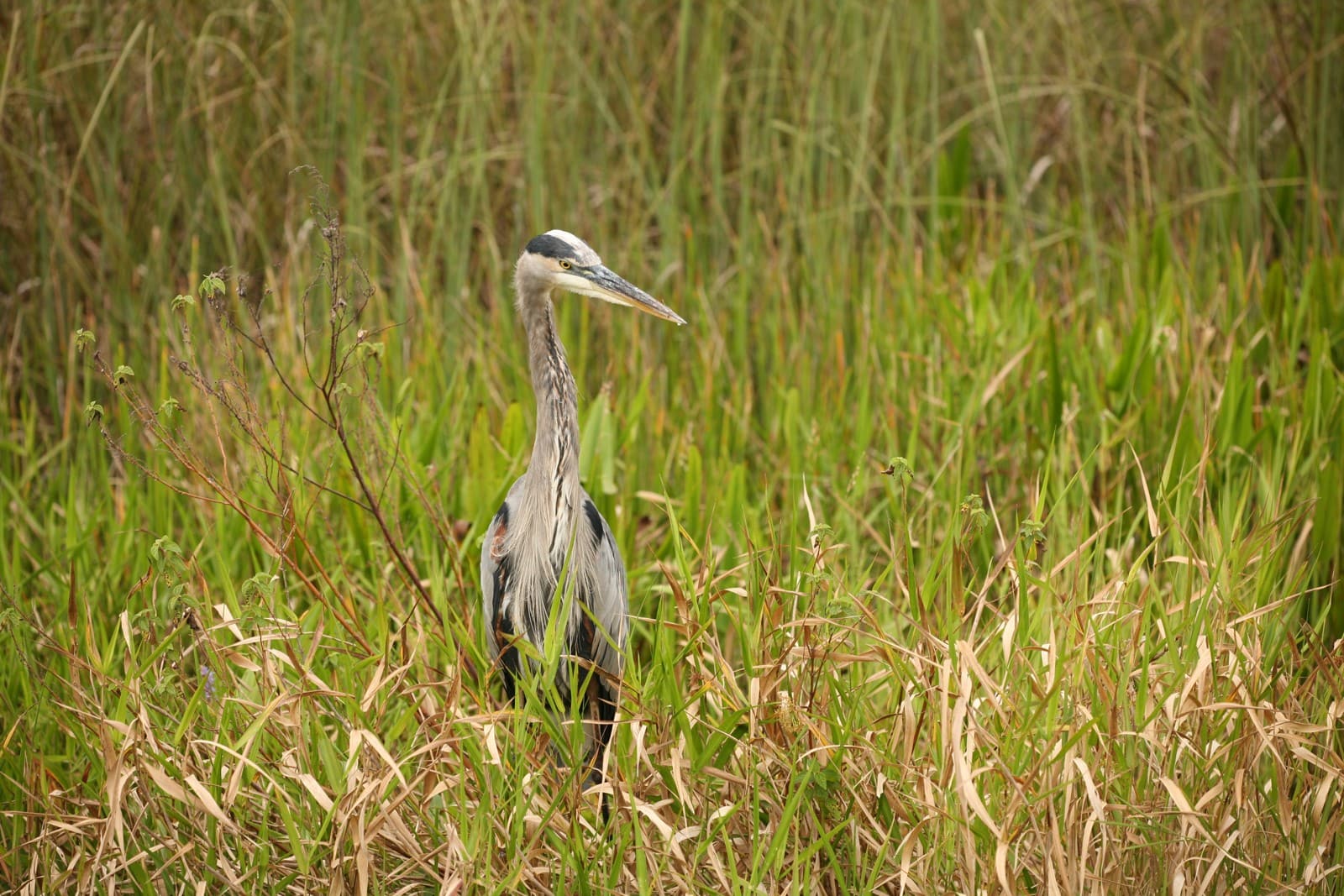Flying Ant vs Termite: A Complete Comparison
When it comes to distinguishing flying ants vs termites, even seasoned entomologists sometimes need a closer look. While both insects take to the air during mating season, they exhibit distinct characteristics that set them apart. Flying ants, technically known as alates, measure 0.2-0.3 inches (5-8mm) in length, while termite swarmers typically reach 0.4 inches (10mm).
The most reliable way to tell these winged insects apart lies in their body structure and wing configuration. Flying ants display the classic ant anatomy with a clearly pinched waist and wings of unequal length, while termites maintain a uniform, cigar-shaped body with wings of equal size that extend well beyond their body length.

© Roshan Gracious / CC BY-SA 4.0
Flying ants emerge during their nuptial flights, when colonies produce new queens and males. These spectacular swarms often occur on warm, humid days, creating impressive aerial displays as thousands of reproductive ants take flight simultaneously.

© Nikhil More / CC BY-SA 4.0
Termite swarmers, also called alates, represent the reproductive caste of termite colonies. These insects emerge in similar conditions to flying ants but are particularly active during spring months, often after rainfall.
Key Differences Between Flying Ants and Termites
| Feature | Flying Ant | Termite |
|---|---|---|
| Body Shape | Distinct waist, three clear segments | Uniform, straight body without waist |
| Wing Size | Front wings longer than back wings | All four wings equal in size |
| Antennae | Bent (elbowed), 0.08-0.12 inches (2-3mm) | Straight, beaded, 0.04-0.08 inches (1-2mm) |
| Wing Durability | Retain wings after landing | Shed wings shortly after landing |
| Color | Usually black or reddish-brown | Pale cream to light brown |
| Flight Ability | Strong, directed flight | Weak, erratic flight patterns |
Behavioral Differences and Habitat
Flying ants and termites exhibit markedly different behaviors during their aerial phase. Ant swarms typically last 24-48 hours, with females releasing pheromones to attract males. In contrast, termite swarms often occur at dusk and may last only 30-40 minutes, with both males and females releasing chemical signals.
Property Damage Concerns
While flying ants might establish colonies in wooden structures, they don’t consume wood like termites do. Termites cause an estimated $5 billion in property damage annually in the United States alone, making proper identification crucial for homeowners.
How to Identify a Swarm
To distinguish between flying ant and termite swarms, observe these key indicators:
- Time of Day
- Flying Ants: Active throughout daylight hours
- Termites: Usually swarm at dawn or dusk
- Wing Retention
- Flying Ants: Keep wings after landing
- Termites: Quickly break wings off at weakness points
- Flight Pattern
- Flying Ants: Strong, purposeful flight
- Termites: Weak, fluttering flight with poor direction
Prevention and Control
Understanding the difference between flying ants vs termites is crucial for implementing effective control measures:
- Flying Ants: Generally require minimal intervention; swarms naturally disperse
- Termites: Immediate professional assessment recommended due to potential structural damage
Expert Tips for Identification
When examining specimens:
- Wing Venation
- Flying Ants: Complex wing veins with multiple cells
- Termites: Simple wing veins with minimal branching
- Body Color
- Flying Ants: Consistently dark-colored throughout
- Termites: Often translucent with darker head
- Waist Width
- Flying Ants: Distinctly pinched, visible constriction
- Termites: Broad connection between thorax and abdomen
Remember: While flying ants might be a temporary nuisance, termite swarmers indicate an established colony nearby. When in doubt, consult a professional pest control expert for proper identification and treatment recommendations.
